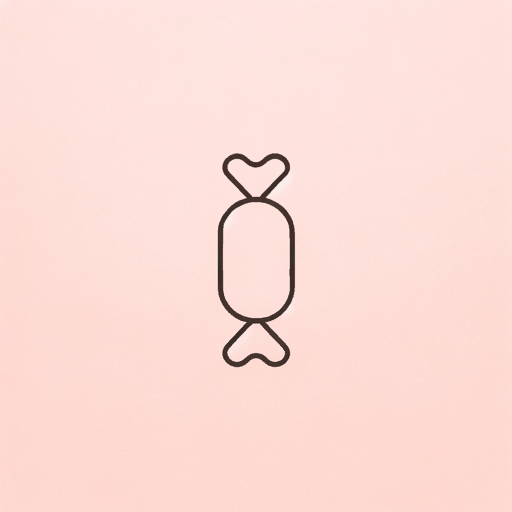37 pages • 1 hour read
Roald Dahl, Illustr. Quentin BlakeThe Giraffe and the Pelly and Me
Fiction | Novel | Middle Grade | Published in 1985A modern alternative to SparkNotes and CliffsNotes, SuperSummary offers high-quality Study Guides with detailed chapter summaries and analysis of major themes, characters, and more.
Important Quotes
“Not far from where I live there is a queer old empty wooden house standing all by itself on the side of the road. I long to explore inside it but the door is always locked, and when I peer through a window all I can see is darkness and dust. I know the ground floor used once to be a shop because I can still read the faded lettering across the front which says THE GRUBBER. My mother has told me that in our part of the country in the olden days a grubber was another name for a sweets shop, and now every time I look at it I think to myself what a lovely old sweets shop it must have been.”
(Page 7)
Narrator Billy describes the place where the story’s adventure begins. Children often love to explore, and an abandoned candy shop is as likely a place as any to whet a child’s imagination. Billy’s great interest in the store, and the possibilities it presents, is what gets him involved in the plot. Curiosity fuels his interest and compels him toward a grand adventure.
“I have always longed and longed to own a sweets shop. The sweets shop of my dreams would be loaded from top to bottom with Sherbet Suckers and Caramel Fudge and Russian Toffee and Sugar Snorters and Butter Gumballs and thousands and thousands of other glorious things like that. Oh boy, what I couldn’t have done with that old Grubber shop if it had been mine!”
(Pages 7-8)
This quote explains the narrator’s great need, and it does so with strong imagery. Some of the candies mentioned are distinctly English, as is the name of the old candy shop, but children from anywhere will understand the mouth-watering images of fresh sweets on shelves.
“[…] suddenly an enormous bathtub came sailing out through one of the second-floor windows and crashed right on to the middle of the road! A few moments later, a white porcelain lavatory pan with the wooden seat still on it came flying out of the same window and landed with a wonderful splintering crash just beside the bathtub. This was followed by a kitchen sink and an empty canary-cage and a four-poster bed and two hot-water bottles and a rocking horse and a sewing-machine and goodness knows what else besides. It looked as though some madman was ripping out the whole of the inside of the house, because now pieces of staircase and bits of the banisters and a whole lot of old floorboards came whistling through the windows.”
(Pages 8-11)
Dahl begins the action in his signature surprising way, with the sudden shattering of appliances, housewares, and structural material. There’s a sensible explanation—the story’s three animals, the Giraffe, the Pelican, and the Monkey, are remodeling an old candy shop as the office of their new window-washing business—but the event happens from the perspective of a young boy, who’s never witnessed such a ruckus. This use of limited first-person perspective captures the astonishment and wonder of children, and how ordinary activities can seem ridiculously strange at first viewing.
Related Titles
By these authors
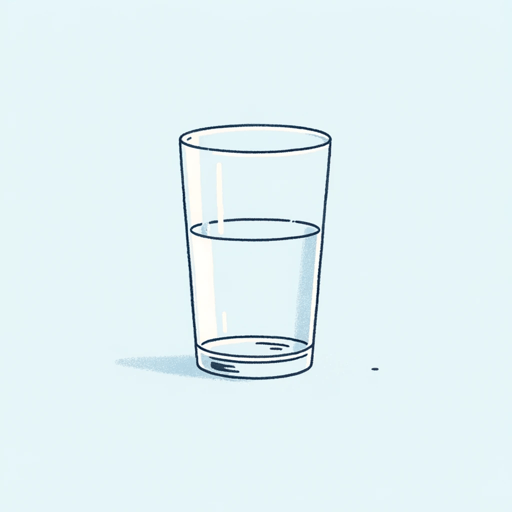
Beware of the Dog
Roald Dahl
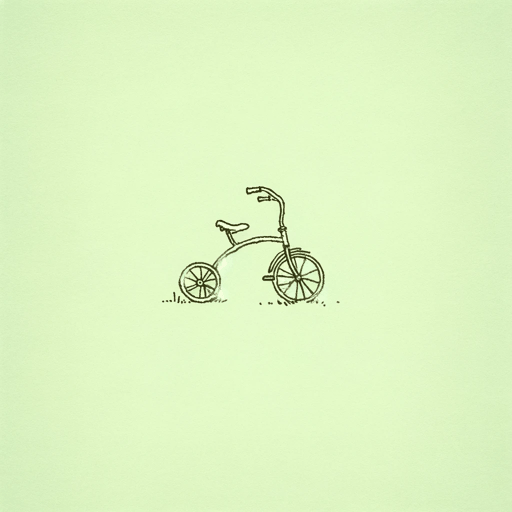
Boy: Tales of Childhood
Roald Dahl
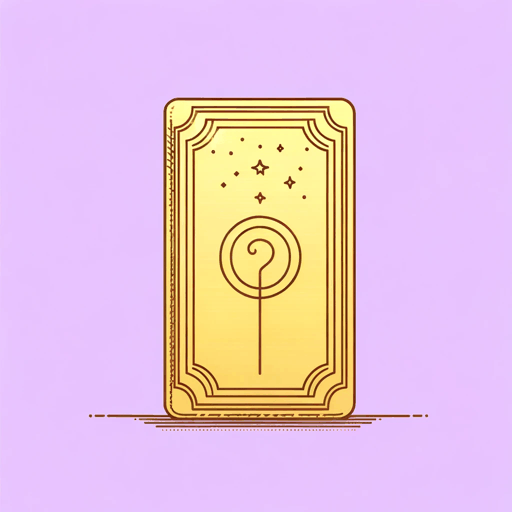
Charlie And The Chocolate Factory
Roald Dahl
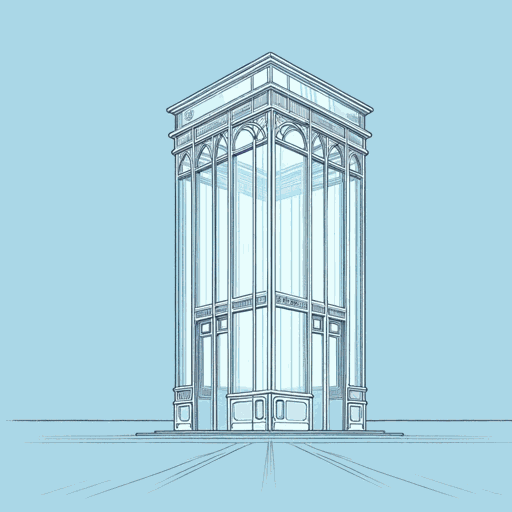
Charlie and the Great Glass Elevator
Roald Dahl
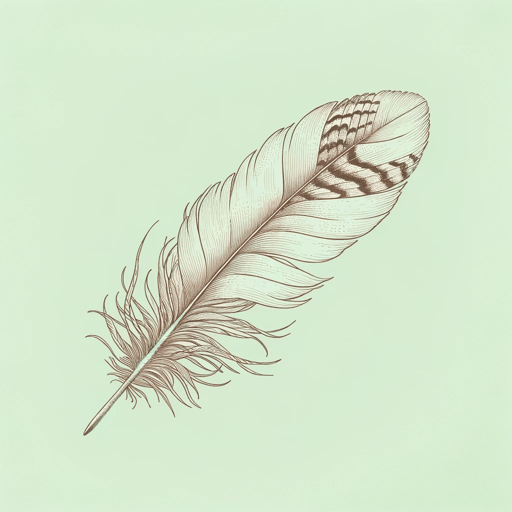
Danny, the Champion of the World
Roald Dahl
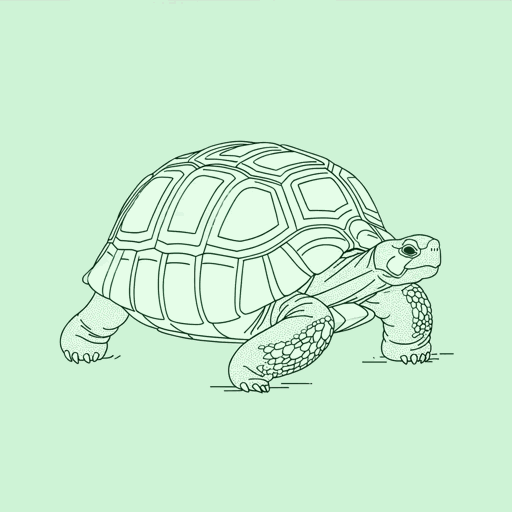
Esio Trot
Roald Dahl
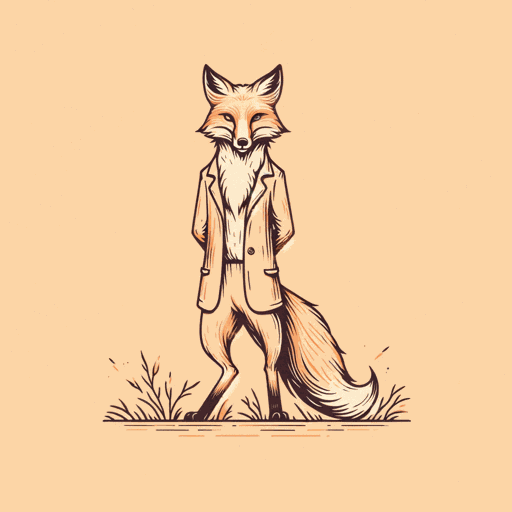
Fantastic Mr Fox
Roald Dahl
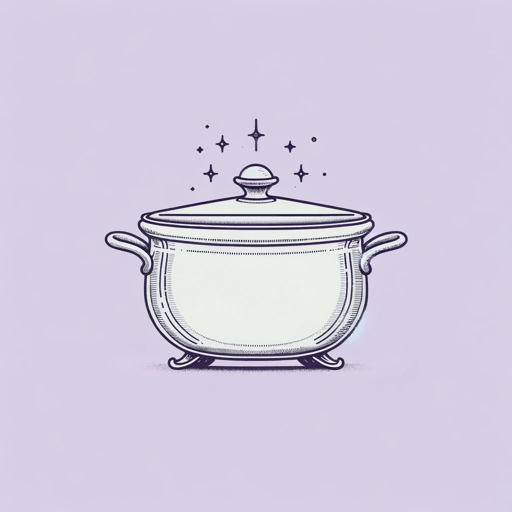
George's Marvelous Medicine
Roald Dahl
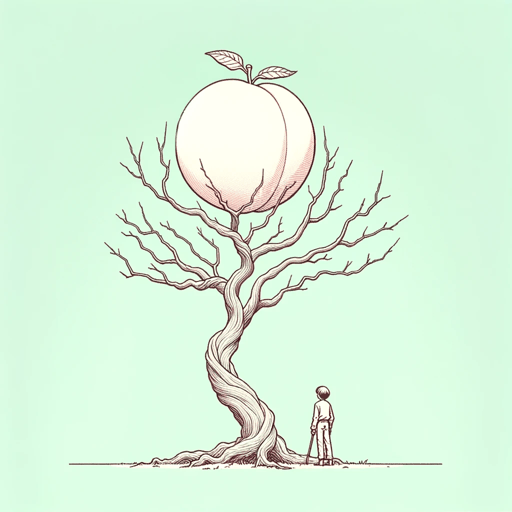
James And The Giant Peach
Roald Dahl
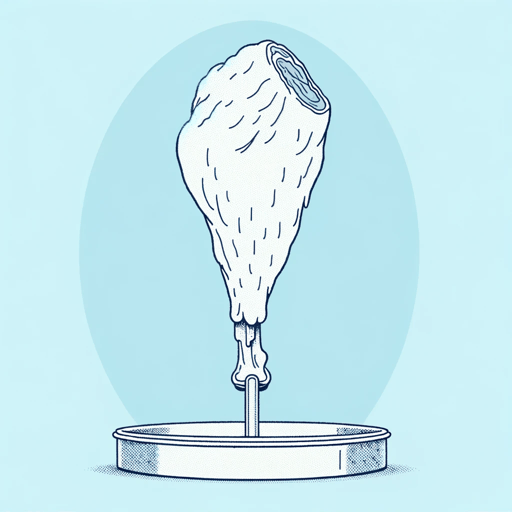
Lamb To The Slaughter
Roald Dahl
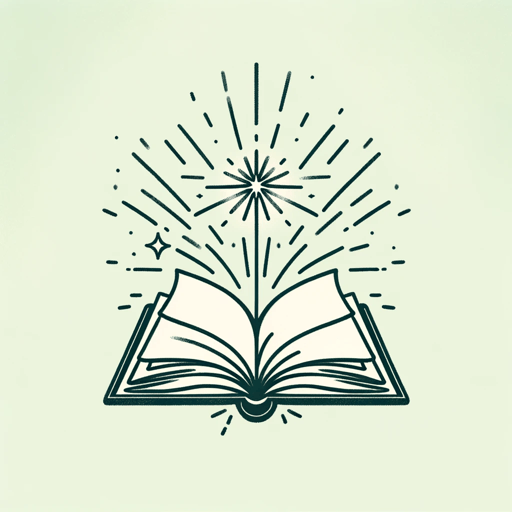
Matilda
Roald Dahl
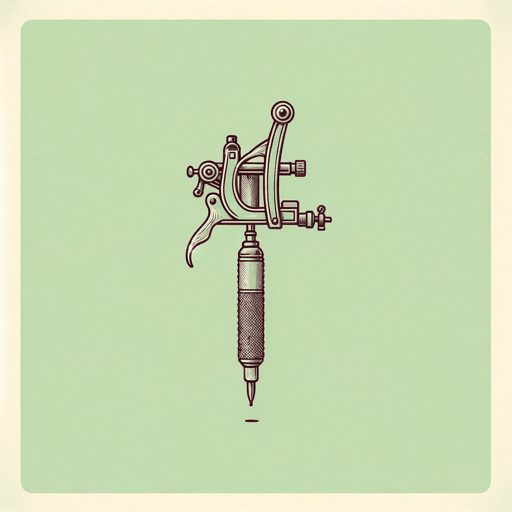
Skin
Roald Dahl
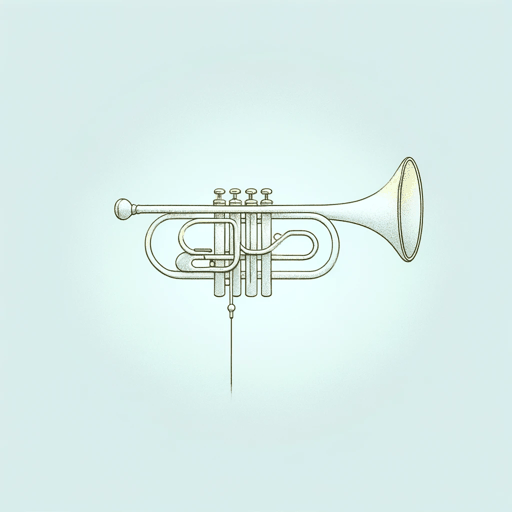
The BFG
Roald Dahl
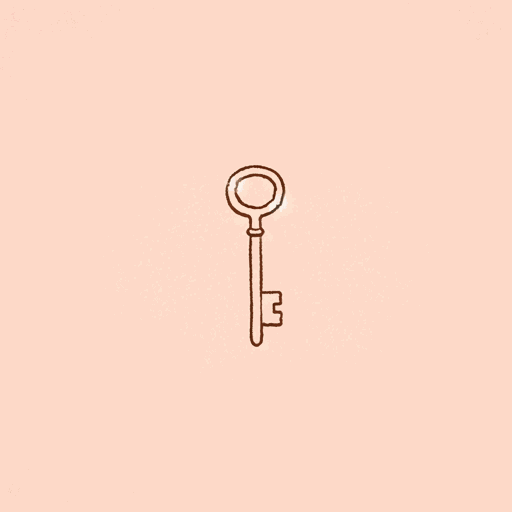
The Landlady
Roald Dahl
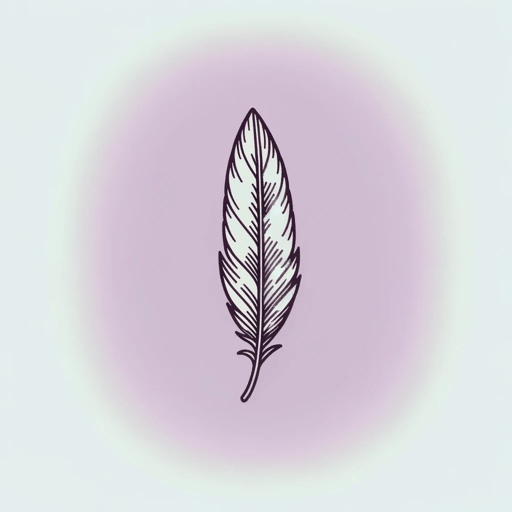
The Magic Finger
Roald Dahl, Illustr. Quentin Blake
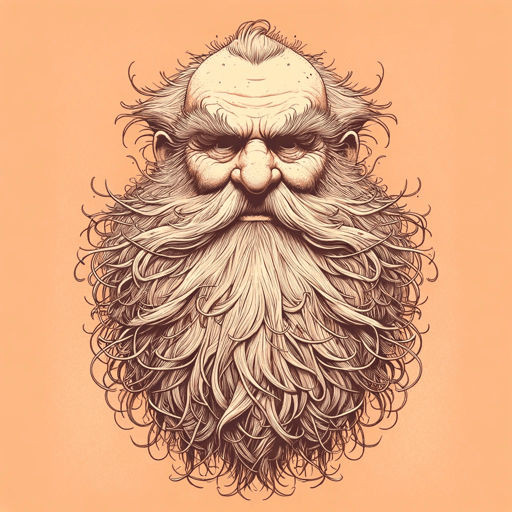
The Twits
Roald Dahl
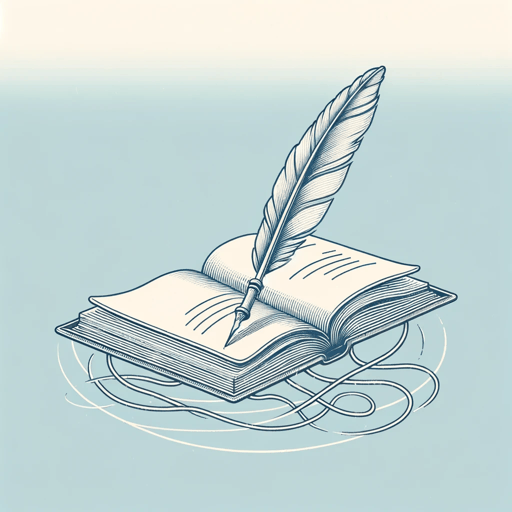
The Way Up To Heaven
Roald Dahl
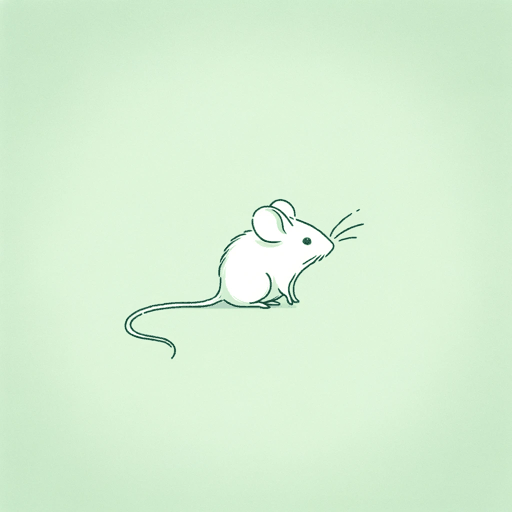
The Witches
Roald Dahl
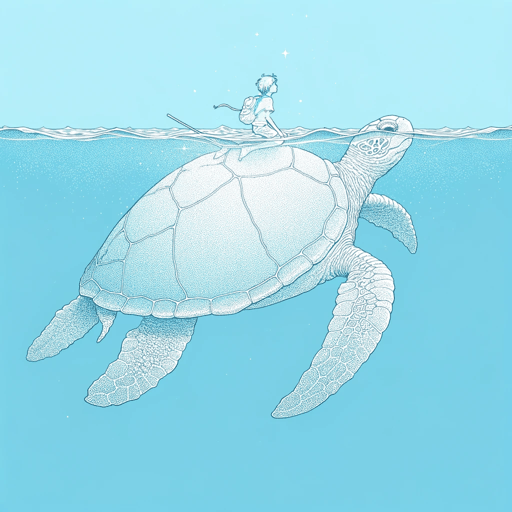
The Wonderful Story of Henry Sugar and Six More
Roald Dahl
